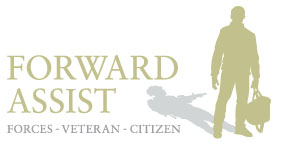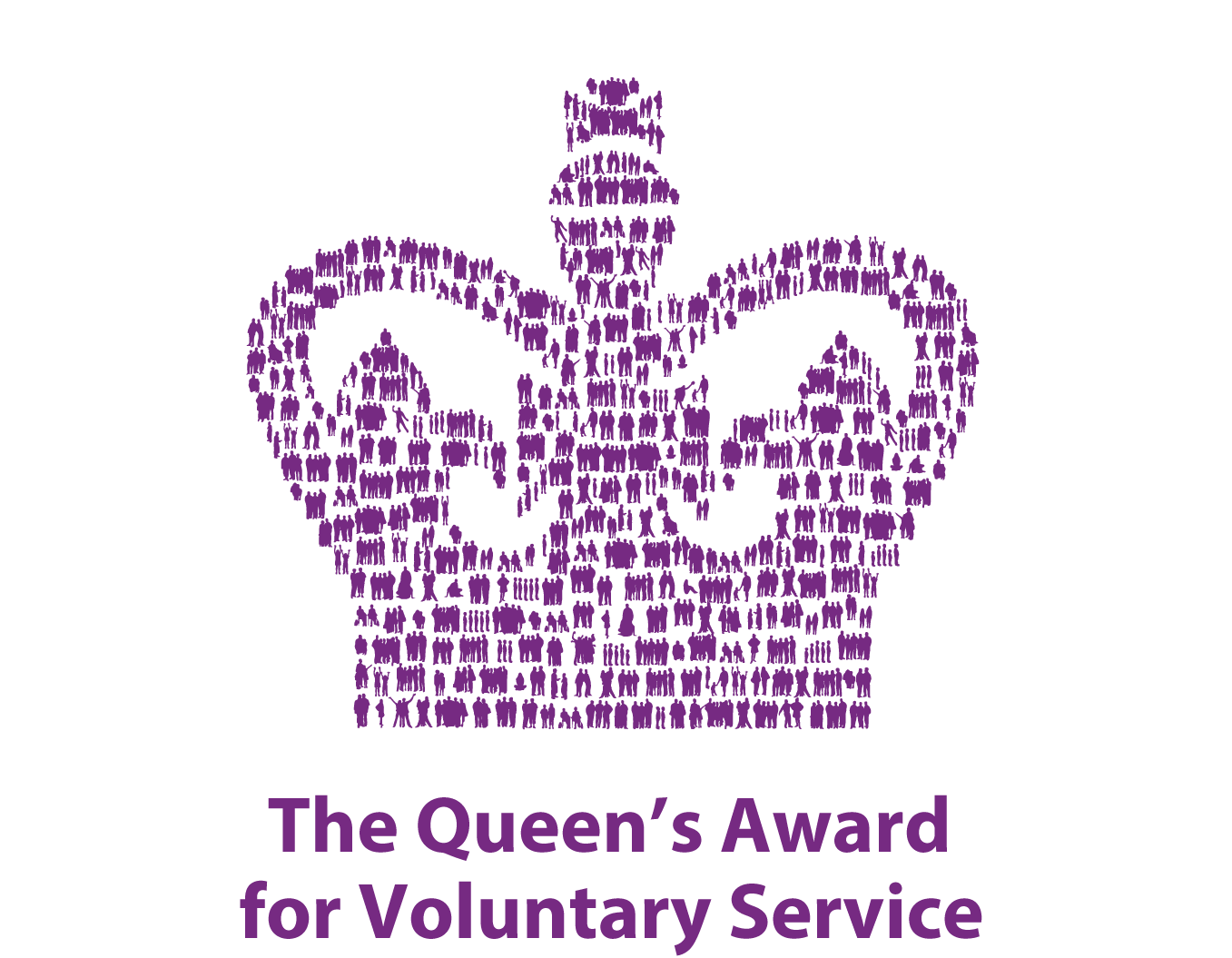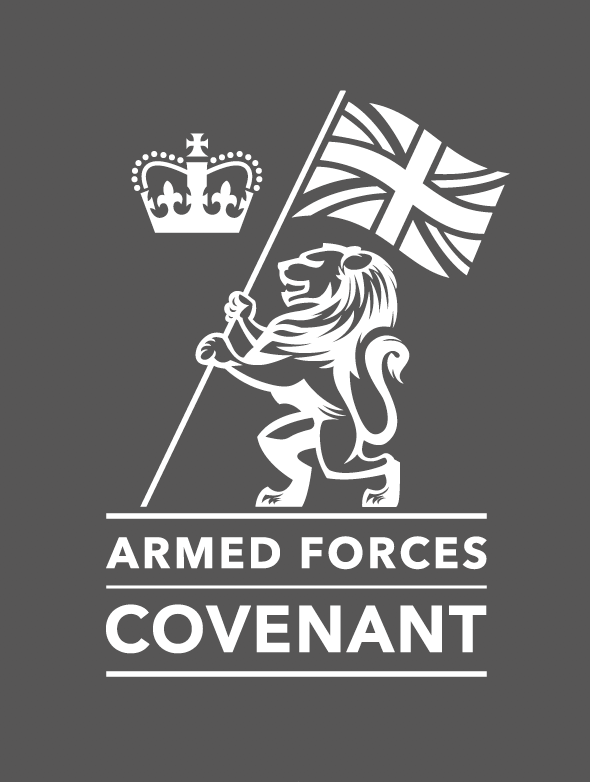Forward Assist Veterans Charity: Restoring Dignity, Hope, and Humanity for Homeless Veterans
/Homelessness among military veterans remains one of the most painful injustices in modern Britain. The individuals who once served their country, often at great personal cost, now find themselves sleeping rough on streets, under bridges, in doorways, or in temporary shelters. Many struggle with trauma, isolation, physical injury, or the complex difficulties of transitioning from military life to civilian society. In the midst of these challenges, Forward Assist Veterans Charity stands as a beacon of compassion and practical support. The organisation’s dedication to restoring dignity is embodied in one of its most simple yet powerful initiatives: the emergency holdall prepared specifically for homeless veterans who arrive at their office in need of urgent help.
The holdall itself is not elaborate, but its impact is profound. It contains essential items such as razors, soap, towels, aftershave, deodorant, clean clothing, socks, and underwear, everyday necessities that most people take for granted but that become luxuries when living on the streets. This bag is carefully stocked and always ready, ensuring that any veteran who walks through the door can receive immediate assistance. The idea is not merely to provide physical items but to offer veterans the opportunity to feel clean, refreshed, and human again and for someone who has been rough sleeping, who has endured days or weeks without access to basic hygiene, this simple gesture can be life-changing.
When a veteran arrives seeking help, Forward Assist does not make them wait, fill out complex paperwork, or justify their circumstances. They are welcomed with warmth and respect. They are given the emergency holdall and offered the chance to take a proper shower, often the first one they have had in a long time. After washing, shaving, and changing into clean clothes, many veterans feel an emotional release that is difficult to describe. Something as small as a fresh pair of socks or the scent of aftershave can reignite a sense of identity and self-worth. Homelessness strips away dignity, and Forward Assist’s approach begins by giving that dignity back.
After their shower, veterans are invited to sit down for a hot meal and a coffee. This moment of safety and calm is vital. It provides not only nourishment but also the chance to breathe, to relax, and to feel welcome without judgment. Many veterans who experience homelessness describe feelings of invisibility, shame, or hopelessness. They often avoid seeking help because they believe they will be dismissed or misunderstood. At Forward Assist, however, they are treated as valued individuals whose struggles are met with empathy rather than criticism. The shared meal becomes a moment of connection, a reminder that they are not alone in their journey.
While the veteran is eating and regaining a sense of stability, the staff at Forward Assist work quietly and urgently behind the scenes to locate emergency housing for them. The goal is simple: no veteran should have to return to the streets after asking for help. Whether through crisis accommodation, partnerships with housing organisations, or local support networks, every effort is made to provide a safe place for the night and a foundation for longer-term arrangements. This practical, immediate assistance can prevent the veteran from falling deeper into crisis and opens the door to further support.
The holdall, the shower, the warm meal, and the emergency housing effort are all connected by a single guiding principle: dignity. Forward Assist uses the word often, and for good reason. Dignity is not an abstract concept; it is a fundamental human need. When someone becomes homeless, especially someone who has served in the armed forces, the loss of dignity can be devastating. They may feel they have failed themselves, their families, or their communities. They may carry invisible wounds from their service or from the circumstances that led to their homelessness. Restoring dignity means helping them feel seen, valued, and worthy of care. It is the foundation upon which recovery is built.
The crisis of veteran homelessness cannot be separated from the broader challenges veterans face when transitioning out of military service. Many veterans leave the military with physical injuries or psychological trauma. Some struggle with PTSD, depression, anxiety, or feelings of disconnection from civilian life. Others battle addiction or financial instability. Housing problems may arise long after leaving service, as support networks fade or personal circumstances change and for some veterans, the breakdown of relationships, the loss of employment, or untreated mental health issues becomes the tipping point that leads to rough sleeping.
Forward Assist recognises that homelessness is rarely the result of a single issue. It is often the result of multiple, interlocking difficulties. That is why their approach goes far beyond the emergency holdall. The holdall is the doorway through which veterans can begin rebuilding their lives. Once they are safe, clean, fed, and housed for the night, Forward Assist offers them access to a wider system of care designed to address the deeper issues behind their homelessness. This includes mental health support, advocacy for accessing benefits and services, guidance in navigating housing systems, help with employment or skills training, and opportunities to reconnect with a supportive community.
Veterans frequently express that one of the most difficult aspects of civilian life is the loss of camaraderie. In the military, community is everything. The bonds formed in service, through hardship, discipline, shared challenges, and collective purpose, are profound. When veterans leave that environment, the sudden absence of structure and connection can be overwhelming. Forward Assist offers a new community, one based on understanding, respect, and shared lived experience. Veterans can connect with others who understand the pressures and hardships of military life, and who also understand the emotional toll of trying to rebuild a life after facing homelessness.
The emotional impact of the emergency holdall cannot be overstated. For many veterans, receiving the bag triggers a mixture of relief and vulnerability. After months or years of feeling overlooked or forgotten, the realisation that someone cares enough to prepare for their arrival can be incredibly powerful. Some veterans break down in tears, expressing that they had not felt such kindness in a long time and others speak of the relief of being able to wash away the dirt and exhaustion of homelessness. One veteran described the experience as feeling human again. Another said it was the first time he had looked in the mirror and recognised himself in months. These moments illustrate how deeply the lack of dignity affects people, and how meaningful its restoration can be.
The holdall is not charity in the superficial sense of simply giving items away. It is a symbol of readiness, respect, and compassion. It says, “We knew you might come. We were prepared for you. We are here for you.” This message alone can make the difference between a veteran giving up and a veteran beginning anew.
In addressing the crisis of veteran homelessness, Forward Assist also challenges society’s assumptions about veterans. Many people imagine military service as producing only strength, resilience, and discipline and while these qualities are indeed present, they do not negate the possibility of vulnerability or distress. Veterans are human beings, shaped by intense experiences that civilians may struggle to understand. Their difficulties do not erase their service; their service does not erase their needs. Forward Assist’s work acknowledges that complexity and embraces a compassionate, non-judgmental response.
The organisation’s focus on dignity has broader implications for how society treats those who are homeless. Too often, homelessness is met with stigma or avoidance. People assume personal failure rather than circumstance or trauma. Forward Assist counters these attitudes by treating every veteran with respect and by demonstrating that a simple, caring intervention can transform someone’s path. The emergency holdall may seem like a small thing, but its effect is amplified by the message behind it: every person deserves to feel clean, warm, safe, and valued.
Community support is essential to this mission. The items in the holdall, the meal provided, the coffee poured, and the services offered all rely on the generosity of volunteers, donors, and supporters who believe in honouring the service of veterans. Each contribution, whether large or small, becomes part of the collective effort to ensure no veteran is left to suffer in isolation. The holdall is a practical expression of community solidarity and shared responsibility. It represents the belief that those who have served should never be abandoned or forgotten.
The hashtag that Forward Assist often uses—#Dignity—captures the heart of the charity’s philosophy. It is not a marketing slogan but a moral commitment. Dignity is central to every stage of the charity’s work, from the moment a veteran walks through the door to the long-term support they receive. It ensures that veterans are not treated as cases to be processed but as individuals worthy of compassion and understanding. This commitment to dignity guides every action, every conversation, every item packed into the holdall. It transforms the interaction from one of charity to one of shared humanity.
The challenge of veteran homelessness will not be solved overnight, but Forward Assist demonstrates that meaningful progress is possible through preparedness, empathy, and practical action. The emergency holdall is a beginning, a small but powerful tool that enables veterans to take the first steps toward recovery. It restores not only cleanliness but confidence. It allows veterans to hold their heads high, walk into meetings or appointments without fear of judgment, and begin rebuilding the structure of their daily lives. Most importantly, it reminds them that they are worthy of care.
For the veterans who receive this care, the experience often becomes a turning point. After showering, eating, and receiving support, many find the strength to pursue further help, engage with services, seek employment, or make decisions that once felt impossible. The holdall gives them more than physical items; it gives them hope. It proves that kindness still exists, that their service is recognised, and that their lives matter.
In a society that often overlooks the struggles of its most vulnerable, Forward Assist stands firm in its mission. It acknowledges the sacrifices veterans have made and responds with unwavering compassion. The emergency holdall is a simple idea carried out with profound care, and through it, countless veterans have found a path back to dignity, stability, and self-belief.
In the end, the work of Forward Assist embodies a powerful truth: dignity is a human right. When veterans reach out for help, they deserve more than sympathy, they deserve action, respect, and the chance to rebuild. The holdall waiting in the office is more than a bag of essentials. It is a lifeline. It is hope zipped into fabric. It is the promise that no veteran will be left to struggle alone. And for those who receive it, it represents the beginning of a brighter, safer, and more dignified future.
Tony Wright





